As we lead up to celebrating World Read Aloud Day with LitWorld, my sweet little boy and I answered a few questions in an interview about reading. I hope that you enjoy reading our answers! We had such a great time talking about the books we love! Visit LitWorld’s website to find ideas for World Read Aloud Day!
1. What should everyone in the world read aloud?
Me: Everyone in the world should read aloud an Elephant and Piggie book (by Mo Willems) with a friend. You can take turns reading the parts for Elephant and Piggie and it is SO much fun!
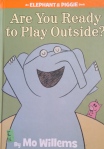
My wonderful boy (5 years old): The Inside of Reptiles is what everyone in the world should read because it shows the inside and not everyone knows what is on the inside. They have lungs and they come up for air.
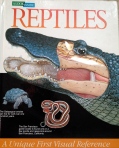
2. Who is the one person in the world that you would want to listen to as they read aloud?
Me: Nancy Brown, my media professor from Georgia State University, was one of the most captivating readers that I have ever had the pleasure of hearing read aloud. I will never forget when she read Bitter Bananas by Olaleye to my Children’s Literature class. She added a special accent as she read. It was beyond fantastic! She had every student in the classroom mesmerized with her voice.
My boy: Mr. Dwayne, a guy at church, because he would make good noises for the purpose of it.
**Side note: I had to ask him who Mr. Dewayne was because I did not know. He admitted that Mr. Dwayne has never read to him, but he just wanted for him to read aloud. I think he was talking about Mr. Dwayne True, who works with the Royal Rangers on Wednesday nights at church.
3. When reading aloud, who is your favorite character to impersonate?
Me: It is so much fun to impersonate the cowboy from Are You A Horse? by Andy Rash. I like to change the voices for all of the different animals, too. My students sometimes look at me like I’m weird, but it’s great! They laugh.
My boy: Bees. Like Bzzzzzzz Bzzzzzrzzzzrzzzzzzz.
4. Which genre or author takes up the most room on your bookshelf?
Me: One series that is unique that I love is Michael Hoeye’s Time Stops for No Mouse trilogy (see The Sands of Time photo below). Hermux Tantamoq is a watchmaker who has many adventures. The imagery in Hoeye’s writing is incomparable. Another author that has quite a bit of room on my bookshelf and e-reader shelf is Carl Hiaasen. I particularly enjoy his children’s titles because he writes realistic fiction that is driven toward a cause, typically conservation of the environment. The action in all of his novels keeps most readers, even reluctant ones, engaged.
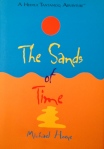
My boy: I think I have more Arthur books. I like to read true books.
5. What is your favorite part of reading aloud or being read aloud to?
Me: My favorite part of reading aloud is watching the faces of my students or my sweet boy as I get to a suspenseful part in the story. I love shocking them sometimes by hiding the pictures until just the right moment. Changing my voice to match a character is really fun, too! If I’m reading to my own little one, I love cuddling up with a great pillow, blanket, and many books! That warm, cozy feeling can’t be beat!
My boy: I think you (Mom) reading Reptiles, too. I like when Mom cuddles me up and fluffs my pillow and my Mom reads to me.
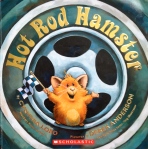
Is there anything else that you want to tell me about reading?
My boy: Hot Rod Hamster says, “Which wheels do you choose?” and they say, “the Hamster is a Hot Rod.” 5 Minute marvels are awesome! It has Kraven the Hunter in it and Mysterio and Electro and Doc Ock.

How do you feel about learning to read?
My boy: Great! It is so fun! I love to read!




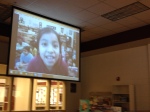
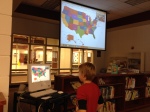
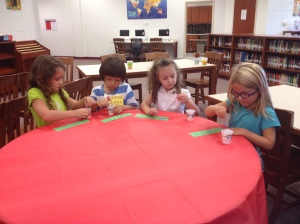
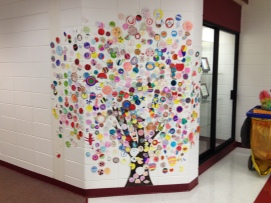
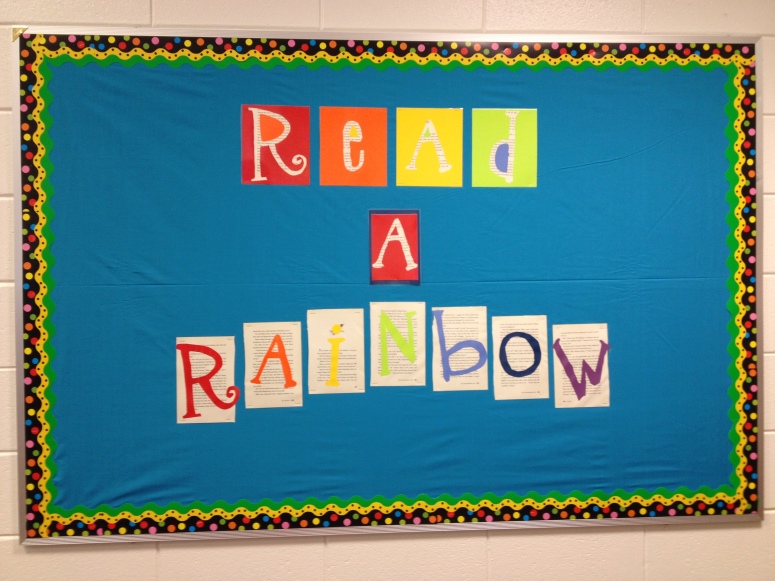
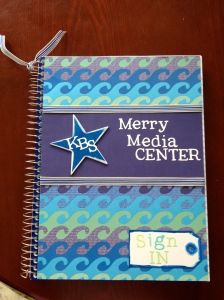 Another little craft that I made for The Merry Media Center @KBS is a sign-in book. This book is a necessity in tracking the number of students that visit our media center each month to help us with accurate data tracking to report for our school district. As individual students come into our media center, it is a procedure for them to sign in at the circulation desk. At the end of each day my media assistant and I tally the number of students beside the place where they have signed. Having a crafty little sign-in book just makes me smile!
Another little craft that I made for The Merry Media Center @KBS is a sign-in book. This book is a necessity in tracking the number of students that visit our media center each month to help us with accurate data tracking to report for our school district. As individual students come into our media center, it is a procedure for them to sign in at the circulation desk. At the end of each day my media assistant and I tally the number of students beside the place where they have signed. Having a crafty little sign-in book just makes me smile!



